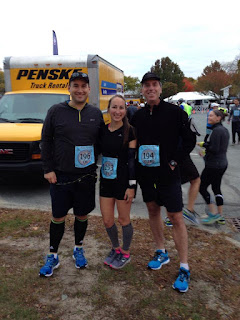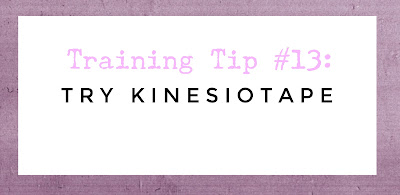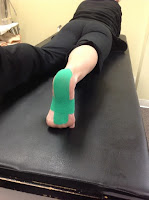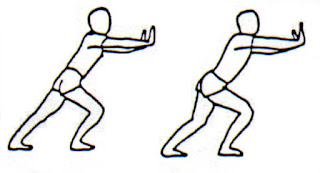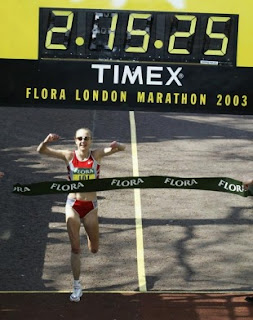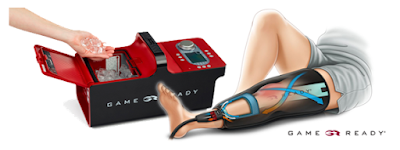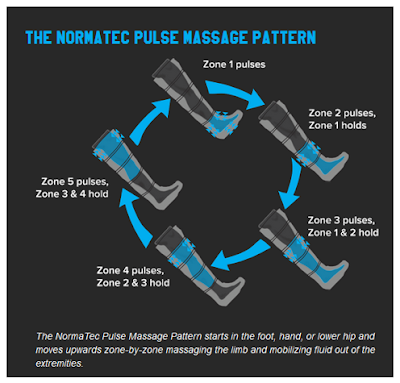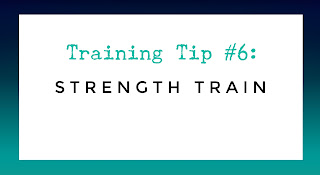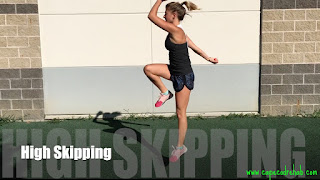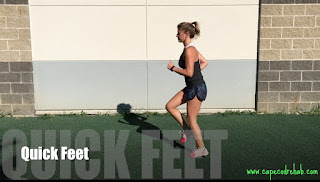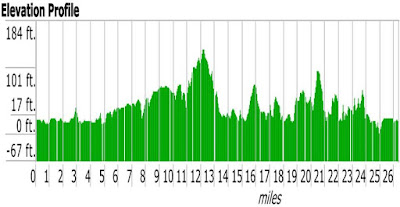The days are getting shorter and the
mornings are getting cooler, darker and damper.
You’ve been training hard all summer and now is not the time to lose motivation
and get stuck in a slump. Even though fall
brings change, it doesn’t mean that your running has to suffer.
Here are some tips to help you transition
into fall and prepare for winter running…
CLOTHING/GEAR
Invest
in a good jacket.
Look for a lightweight breathable jacket
that is windproof and offers some protection against the rain. This type of jacket will pull moisture away from
your skin to keep you dry.
Dress
in layers.
A good rule of thumb is to dress as if
it were 15-20 degrees warmer. It’s
important that you don’t overheat because that can lead to excess sweating and
chills. Layer up so once you warm up you
can start discarding layers. Gloves and
mittens are great accessories as a high percentage of heat escapes through your
hands and feet and can easily be tucked away in a pocket or in your pants.
Avoid
cotton.
Repeat after me… Cotton is evil. No, seriously. There is nothing good about running in
cotton. Find a good moisture wicking
base layer as cotton will only trap sweat and keep it close to your skin making
you cold and miserable.
Buy
Yaktrax.
If you plan to keep running through the
winter, Yaktrax (or a similar brand/product) is a must. Great for running in the snow or icy
conditions, you can put them on right over your normal running shoes and head
out the door with confidence.
SAFETY
See
and be seen.
As we keep losing precious daylight
hours, you may find yourself running in the dark. Make sure you have a headlamp or knuckle
lights along with plenty of reflective gear to stay safe.
Run
on the left side of the road.
It may sound like common sense to most
runners but some still just don’t get it.
Run against traffic to see cars coming at you. If a driver doesn’t see you, at least you see
them and can jump out of the way if necessary.
Leave
your headphones at home.
Stay alert and be aware of your
surroundings. Music is often a major
distractions and some of you can’t run without it but in many situations (dark,
icy, etc.) it’s much safer to save them for the treadmill.
Run
with an ID/ RoadID.
In a very unfortunate event that
something may happen to you while out on a run, make sure you have an ID or
some way to be identified. I personally
like the company RoadID—they make “Personal Identification Gear”—and I’ve made
sure every runner in my family owns one.
PROTECT
YO’SELF
Adjust
your workout.
Your training plan may say one thing but
Mother Nature is saying another thing.
It’s ok to take an extra day off or adjust your workout in horrible
conditions. Trust me when I say it’s not
always worth it. Find yourself taking a
lot of days off? Try running on a
treadmill or even pool running!
Hydrate
like it’s the summer.
Replenishing fluids is just as important
in the winter as it is in the summer.
It’s easy to forget the need to hydrate in cooler and even freezing
temperatures but your body is losing a lot of moisture trying to keep you warm.
Don’t
skip sun protection.
The UV rays reflect off the water and
snow and can cause sun damage to your skin and eyes even in the colder months.
Always wear sunscreen, lip balm with SPF and a good pair of sunglasses.
Eliminate
chaffing.
Cooler weather means increased layers. This also can mean increased sweating and
increased chaffing. Find a product you
love and trust like Body Glide or 2Toms to use in those problem areas so there
are no surprises when you hop in the shower after that long run. Don’t act like you don’t know what I’m
talking about…
Shield
yourself against the wind.
Wind can make cold days feel even
colder. Heat escapes more rapidly and it
becomes harder to generate heat. Check
out the video below for some bonus tips for running in the wind…
MOTIVATION
Join
a club or a group.
Running buddies are great for
accountability and support. Visit your
local specialty running store and ask if they hold weekly group runs. You can also search the RRCA website to “Find
a Running Club” in your area.
Sign
up for some fun races.
During your marathon or half marathon
training, it’s good to throw in some shorter races to test your fitness. After your goal race, get a few more fun
races on the schedule to keep you going.
I love a good themed holiday race like a Turkey Trot or Jingle Jog.
Remind
yourself that it could be worse.
We all know what’s coming. Take advantage of the good days. Don’t make excuses now—get out the door and
get after it.
Good luck out there! Stay safe & happy running!
About
Coach Jen Skiba
Jen began her running career as a
middle-distance runner for Falmouth High School and has been involved with the
sport for over 12 years as a runner, official, race management, and coach. A Mashpee Fitness trainer and Certified
Running Coach through the Road Runners Club of America (RRCA), Jen enjoys
working with runners in the gym and on the roads. “Whether you are a beginner
looking to get started running or at the intermediate level hoping to improve
your times or tackle new distances, I can help you reach your goals!”
